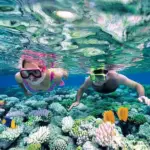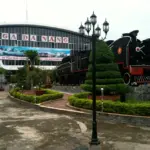Discovering Da Nang National Park: Location, Unique Features, and Accessibility by Ovuigo
Da Nang National Park, officially recognized as the Son Tra Nature Reserve, straddles the wild Son Tra Peninsula just 10 kilometers northeast of Da Nang city. Here, lush tropical rainforest spills over steep coastal slopes, providing a rare green sanctuary on the Indochina Peninsula. At nearly 4,000 hectares and reaching up to 693 meters above sea level, this protected area stands as Da Nang’s last primeval forest. Unlike an urban park or artificial green space, this reserve boasts a living network of ancient banyan trees, mangroves, and cloud-wreathed peaks—a biological jewel of Vietnam and Southeast Asia.
The park is accessible year-round, best reached by taxi, motorbike, or guided eco-tour from the city center in about 20 minutes. Paved roads snake along the hills, leading you to panoramic viewpoints where the mountains plunge into the turquoise East Sea. At its summit, the historical Son Tra military radar site, built by American forces, overlooks sweeping coastlines—a legacy site merging Vietnam’s past and natural wonders. View Da Nang National Park on Google Map
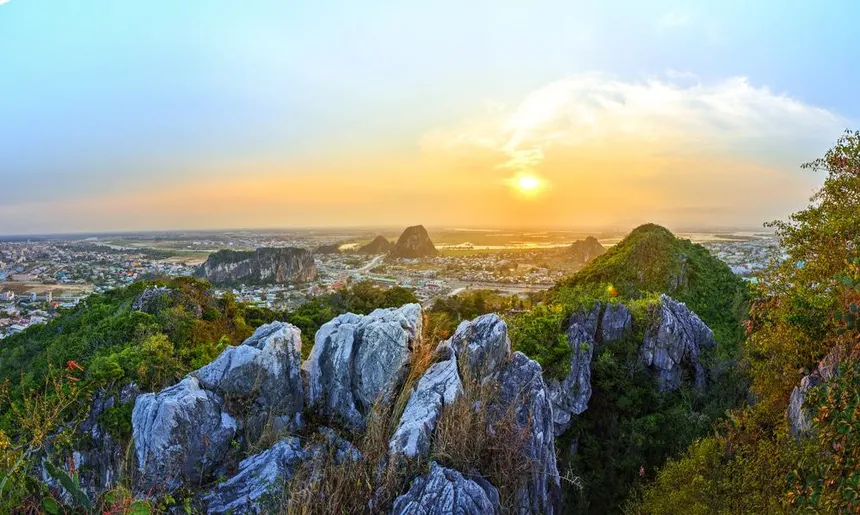
Wildlife and Biodiversity: Home of the Red-Shanked Douc Langur and Rare Species
The heart of Son Tra Nature Reserve lies in its astonishing biodiversity. This national park in Vietnam serves as a vital refuge for the red-shanked douc langur—a striking monkey with a flame-red lower limb and gentle expression, considered a symbol of Vietnamese biodiversity and a flagship for conservation. Less famously, the park’s rainforests also provide sanctuary to the long-tailed macaque, Indo-Chinese squirrel, myriad unique butterflies, and rare endemic reptiles.
Son Tra’s flora is equally compelling: ancient banyans spread their roots like living sculpture, providing homes to birds, reptiles, and insects. Canopy orchids, towering hardwoods, and climbing vines create a multi-layered habitat supporting one of Southeast Asia’s richest wildlife communities. Seasons change the forest’s tapestry—visit in spring for blooming flowers, or in late fall for sightings of butterflies and nesting birds. For the best wildlife encounters, start early morning, pack binoculars, and remain quiet on trails. Protect the habitat by never disturbing or feeding wildlife.
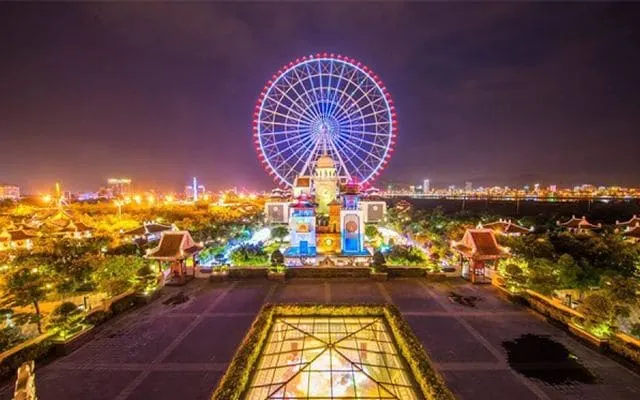
Top Attractions and Activities in Son Tra Nature Reserve
Your journey through Da Nang National Park can be as peaceful or adventure-filled as you choose. Begin with the ascent to Son Tra Peak, the park’s summit (also known locally as Monkey Mountain), offering 360-degree views of the East Sea, Da Nang city, and the Truong Son Range. The journey upwards winds past the famous thousand-year-old banyan tree—its gnarled roots and towering trunk form a living monument, a photographic icon for eco-tourism in Vietnam with Ovuigo.
Stop at historical radar sites for a glimpse into the region’s strategic military past. Along the way, discover panoramic viewpoints ideal for photographers and nature lovers. For those seeking immersion, hike marked nature trails like the Son Tra Mountain Stream Trail (See location), with clear signposts and occasional ranger presence: carry water, wear sturdy shoes, and tread lightly. Eco-tourism activities span guided birdwatching, butterfly surveys, and even nighttime wildlife tracking by local experts. Trekking routes vary from gentle strolls to challenging climbs; plan at least a half-day.
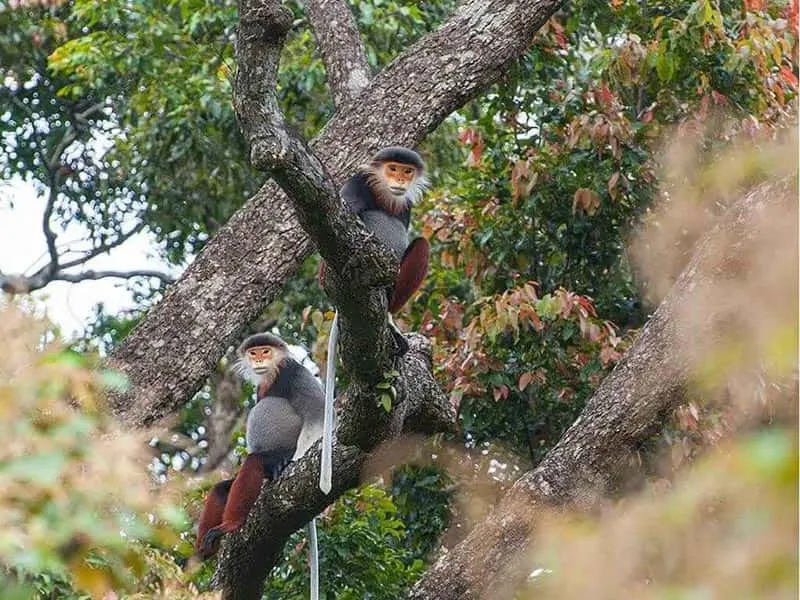
Visitor Information: Entrance, Facilities, and Best Time to Visit Da Nang National Park
Da Nang National Park (Son Tra Nature Reserve) is open daily from 7:00 AM to 5:00 PM. Entry is currently 50,000 VND per person at official checkpoints. The park maintains a visitor center—from here, you can pick up maps, access guided tour info, and learn about conservation programs. Facilities are basic: expect restrooms, shaded rest stops, and occasional drink stalls, but few modern conveniences—arrive prepared.
Climate is tropical, with an annual rainfall of 2,500 mm. The dry season (February to August) delivers sun and stable hiking trails, while the wet season brings dramatic cloudscapes and lush growth but demands caution on slippery paths. For the best experience, visit early morning or late afternoon—wildlife is most active, and coastal views glow in soft sunlight. Taxis, motorbikes, or reputable eco-tour guides are your main options for access, but check the weather beforehand and bring insect repellent.
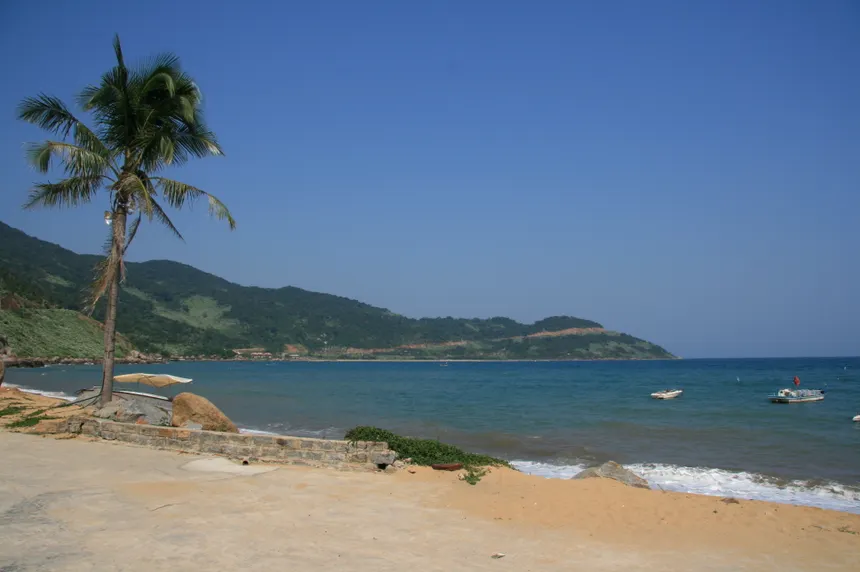
Conservation Efforts and Challenges in Protecting Da Nang’s Primeval Forest
Da Nang’s last coastal rainforest faces complex conservation challenges. As the region urbanizes, threats grow: illegal logging, land encroachment, and infrastructure pressure. The Da Nang Department of Forestry and dedicated rangers enforce protected status with patrols, fines, and habitat restoration. Conservation strategies center on regulated eco-tourism—strict visitor rules, licensed guides, and capped numbers help reduce impact. Education campaigns engage local communities—through programs in schools, training, and direct employment, locals become ambassadors for biodiversity.
Ecotourism here provides not just revenue but global awareness by Ovuigo. Every visitor supports the cause, but it’s crucial to respect guidelines: never pick flowers, avoid loud noises, do not leave trash. If you want to support deeper, participate in volunteer projects, or sponsor wildlife research efforts via reputable NGOs.
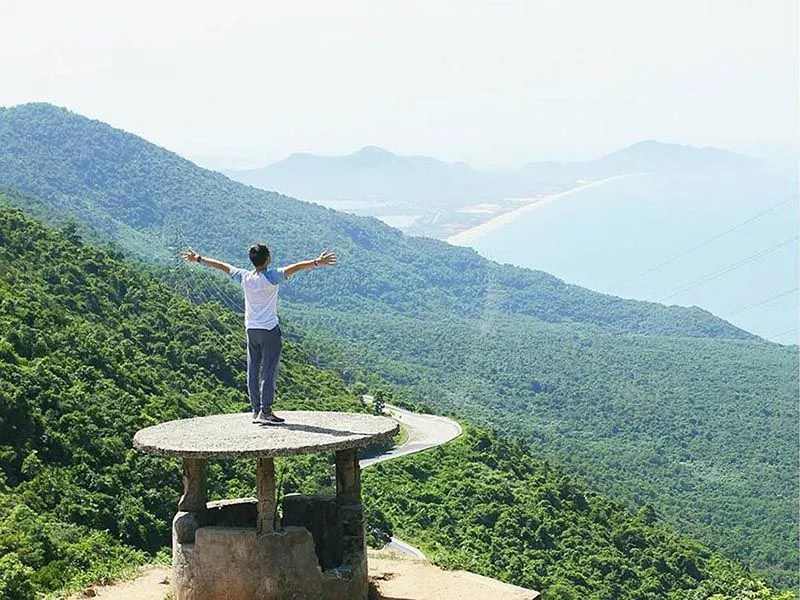
Nearby Natural and Cultural Sites: Ba Na Hills, Hai Van Pass, Marble Mountains, and Linh Ung Pagoda
Broaden your Da Nang eco-adventure with these remarkable nearby destinations:
- Ba Na Hills: A mountain-top resort with spectacular gardens, French architecture, and the Instagram-famous Golden Bridge (entry: from 850,000 VND per adult). Ride the world’s longest cable car and enjoy sweeping views of the Truong Son Range.
- Hai Van Pass: A legendary mountain pass offering breathtaking panoramas along the boundary between Da Nang and Hue. Conquer it by motorbike or car for epic photos and cool breezes.
- Marble Mountains: Five mystical limestone outcrops dotted with Buddhist caves, pagodas, and craft villages (entry: 40,000 VND per person). Climb Thuy Son Mountain for coastal vistas and spiritual tranquility.
- Linh Ung Pagoda: Home to Vietnam’s tallest Lady Buddha statue—towering over the sea. Open free of charge, the pagoda is a tranquil retreat for spiritual seekers and scenic photographers.
Your Central Vietnam Eco-Adventure Awaits
To plan a truly meaningful visit—focused on wildlife, conservation, and authentic connection—start with local insights. Reach out via WhatsApp at +84868319161 for tailored advice. We don’t run tours — we craft experiences. Each journey is a story written just for you, designed for those who wish to explore Vietnam slowly, deeply, and meaningfully. No fixed itineraries. No crowds. Just you — and the moments that truly matter.
To extend your adventure, rest in comfort at The Manor Hoi An, Hola 1, and Hola 2—inviting private stays a short journey from Da Nang’s green heart. For more responsible travel tips and curated local experiences across Vietnam, explore ovuigo.

